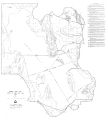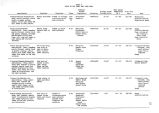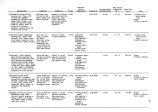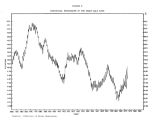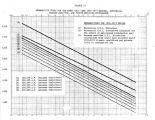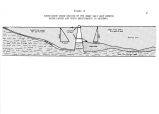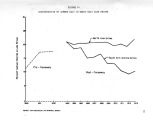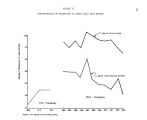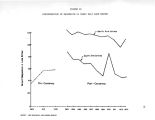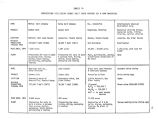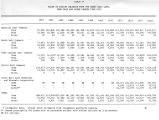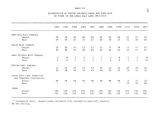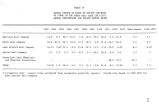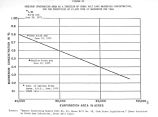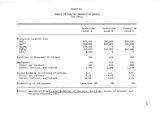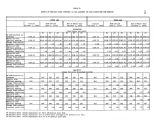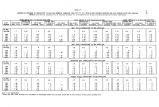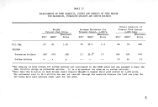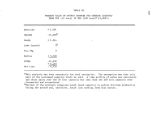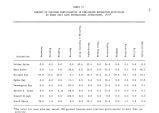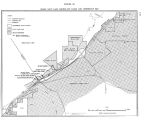| OCR Text |
52 drinking water. The shallow part of the artesian aquifer in the area west and south of Syracuse and West Point in Davis County contains 250- 700 mg/ 1 of dissolved solids while the artesian aquifers in the areas west and north of North Salt Lake and east of Little Mountain ( Weber County) have 500- 2,000 mg/ 1. Water in Storage- A large quantity of water is held in storage within the artesian aquifers. Some of this water could be released at the expense of causing artesian pressures to decline or even disappear with subsequent dewatering of upper parts of the artesian aquifer. Jordan Valley Groundwater The Great Salt Lake meets the groundwater system of Jordan Valley in the area between the mouth of the Jordan River and the northern end of the Oquirrh Mountains, in the vicinity of the Tooele County line. Most wells in the Jordan Valley tap a principal confined aquifer which consists of Quaternary deposits of clay, silt, sand, and gravel, all hydraulically interconnected, with individual beds ranging in thickness from less than one foot to several tens of feet ( Hely et al., 1971). The confined aquifer attains a maximum thickness of more than 1,000 feet in the northern part of the valley. Underlying the confined aquifer are relatively impermeable consolidated and semiconsolidated Tertiary and pre- Tertiary deposits ( Arnow et al., 1970). Discharge to the Great Salt Lake-- Mower ( 1968) calculates that of the 7,000 acre- feet of water flowing northward through a section extending from Beck's Hot Springs to a point west of the tailings ponds, about 3,300 acre- feet are discharged into the Lake. However, his calculations assume • » |




























